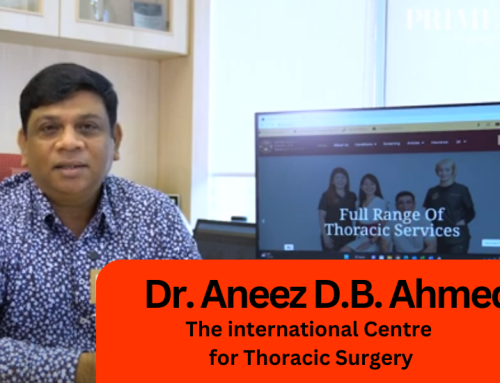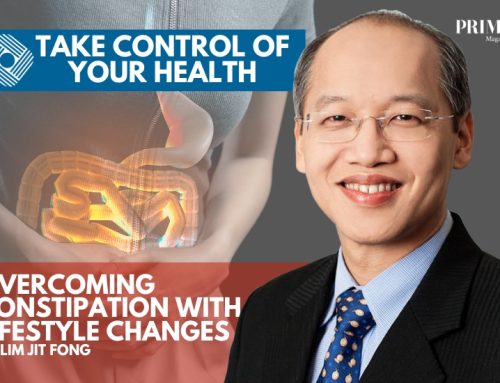Cardiac CT (computed tomography) is a non-invasive medical imaging technique that utilizes X-rays to generate highly detailed images of the heart and its surrounding structures. It is a valuable tool in the diagnosis and evaluation of various cardiac conditions. For more detailed information on cardiac CT, you may want to watch a video by Dr. Woo Jia Wei, an expert in the field, as he can provide additional insights and perspectives.
During a cardiac CT scan, the patient lies on a table that gradually moves through a large, circular machine known as a CT scanner. This scanner emits X-ray beams that pass through the body and are detected by detectors on the opposite side. These detectors collect the X-ray data, and a computer processes it to create cross-sectional images, or slices, of the heart.
Cardiac CT can be performed using different protocols, depending on the specific information required. The most commonly employed technique is coronary CT angiography (CCTA), which primarily focuses on imaging the coronary arteries. CCTA provides detailed information regarding the presence of plaque buildup, stenosis (narrowing), or blockages within these crucial vessels responsible for supplying blood to the heart muscle.
Aside from evaluating the coronary arteries, cardiac CT scans can also assess other aspects of cardiac anatomy and function. This includes evaluating the size and function of the heart chambers, identifying structural abnormalities, and measuring the extent of calcium deposits within the arteries (coronary calcium scoring). These comprehensive assessments allow for the diagnosis and evaluation of various conditions, such as coronary artery disease, congenital heart defects, valvular heart disease, and pulmonary embolism.
One of the key advantages of cardiac CT is its non-invasive nature. Unlike traditional angiography, which requires invasive procedures, cardiac CT eliminates the need for catheter insertion into the arteries. This results in a shorter scanning time, reduced risk of complications, and a more comfortable experience for the patient.
However, it’s important to note that cardiac CT does involve exposure to ionizing radiation. While the radiation dose is generally considered low and the benefits usually outweigh the risks, it is important to consider the individual’s specific situation and consult with healthcare professionals to ensure appropriate use.
To gain further insights and detailed information on cardiac CT, watching Dr. Woo Jia Wei’s video can be beneficial. Dr. Woo Jia Wei, being an expert in the field, can provide a deeper understanding of the technique, its applications, and potential advancements.
Remember, it is always essential to rely on reputable sources, consult with healthcare professionals, and consider individual circumstances for personalized advice regarding any medical procedure.











